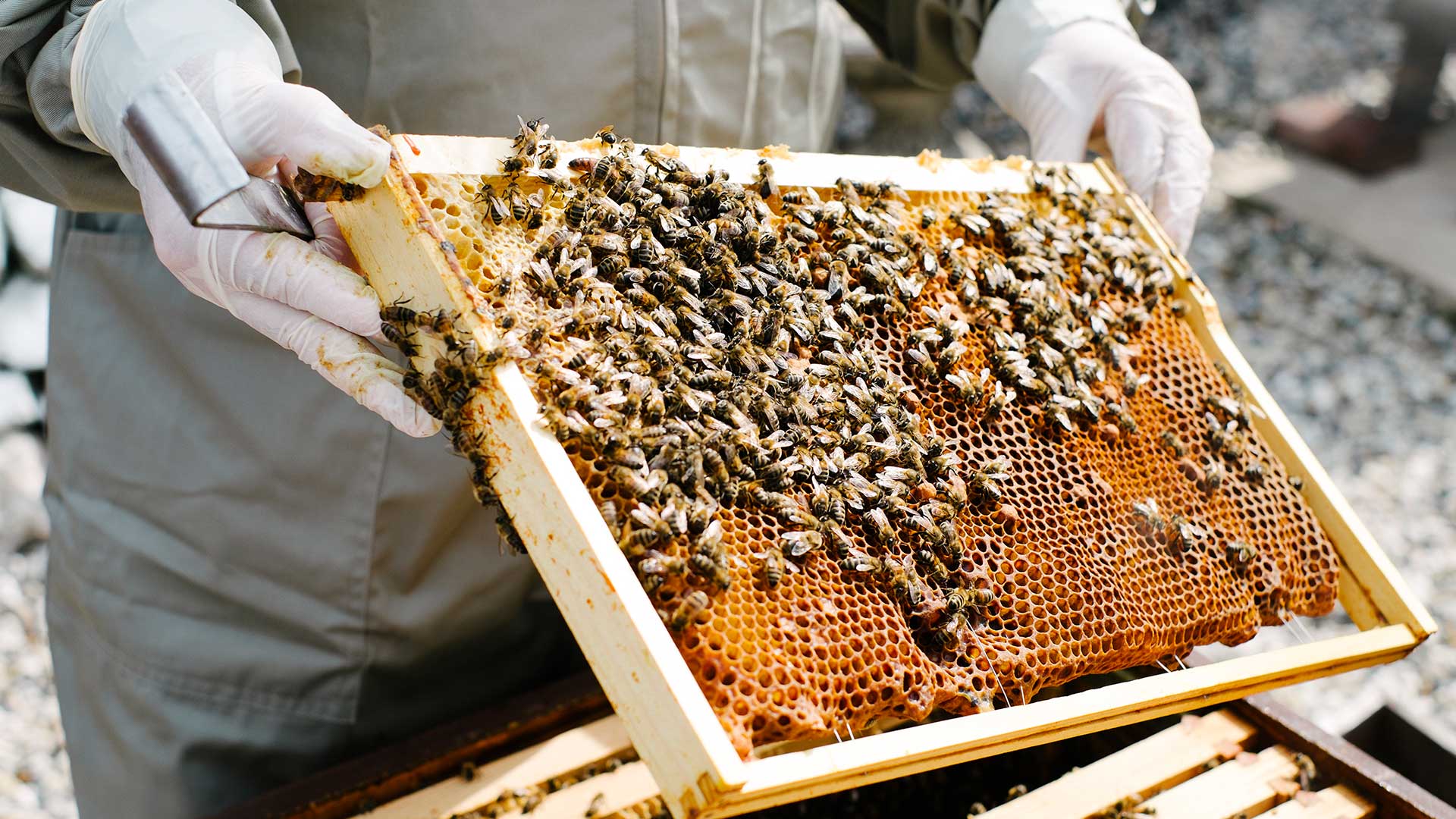The Power of Travel
Sustainable Travel
As a traveler you have the power to select more sustainable travel experiences, which will benefit your host destination. Find locally owned tourism experiences, practical tips on minimizing your environmental footprint, and other advice for supporting local communities.

















